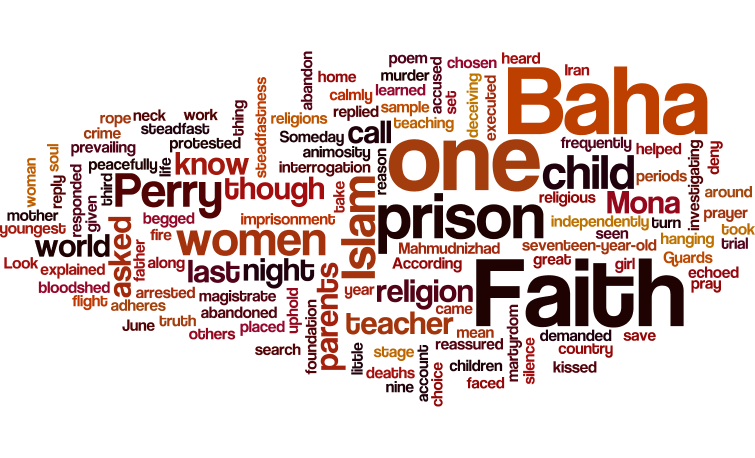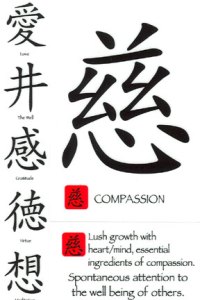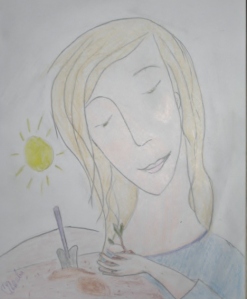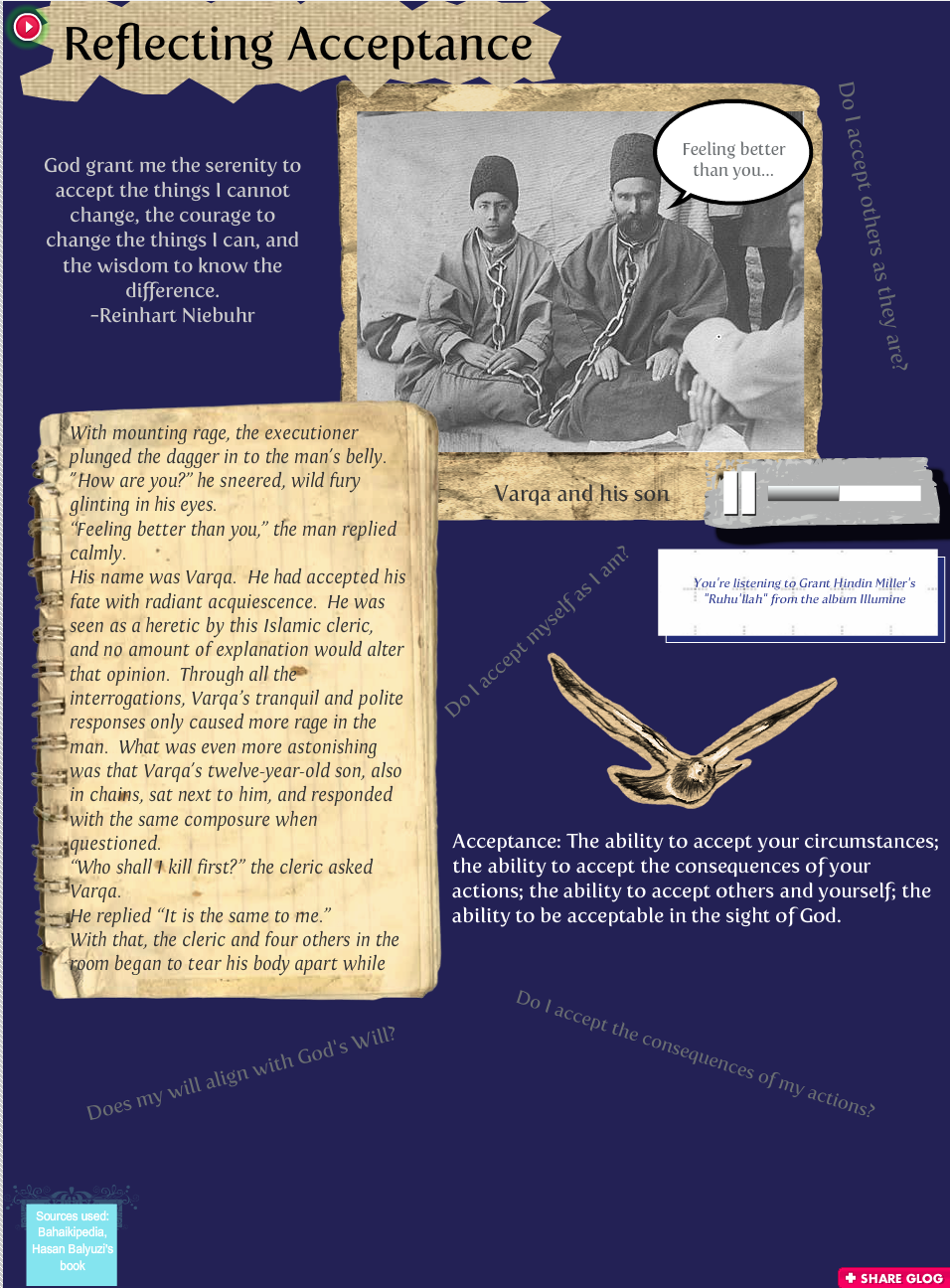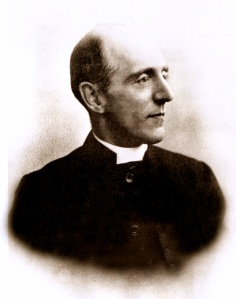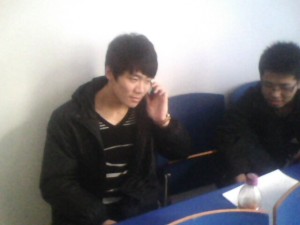Here is a story that is really a collaboration. A friend of mine, Stephen Morris, is an artist with a moving sense of order and beauty, and an eye for whimsy. He shared one of his “doodles” with me, a piece he sketched in his little black Moleskine in May of 2011. It inspired this story.
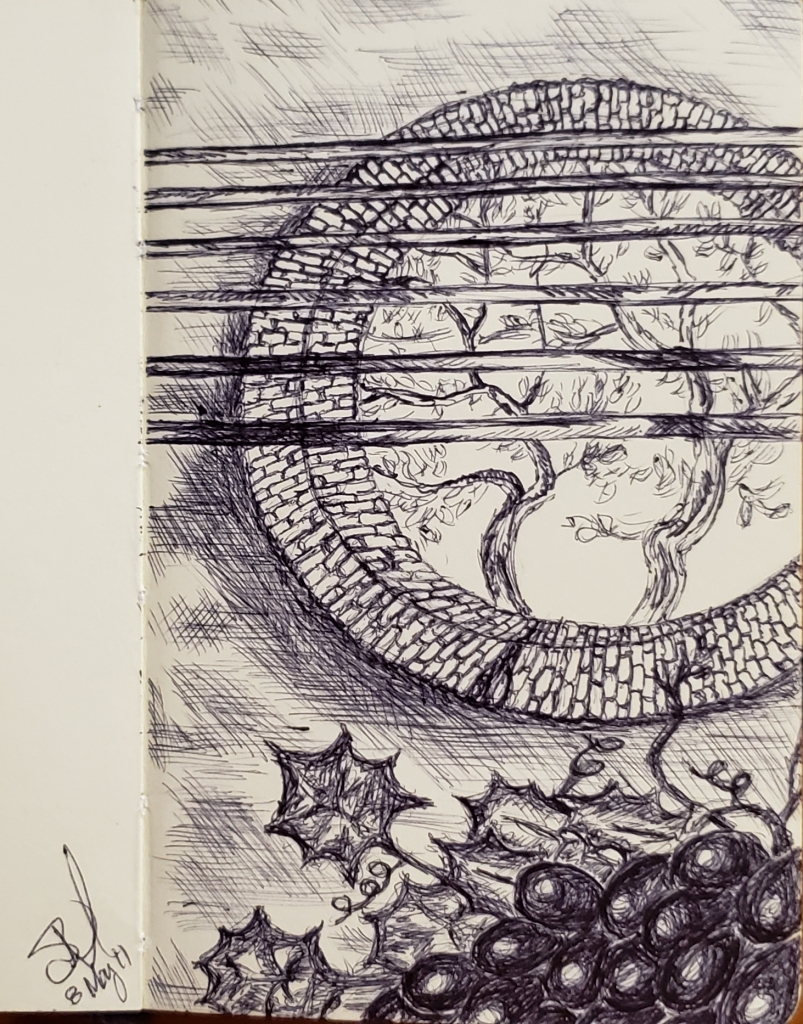
Jenny and the Singing Wall
Jenny knew she shouldn’t pick the flower. She had been warned. The elders had told her the garden behind the wall was enchanted, and that entering it was forbidden. Many had never been seen again after entering its gate. She had peered in through the circular window in its wall countless times, seen the shimmering cables that crossed behind it, and wondered for too long. But when she crossed the threshold of the gate, burning with curiosity that summer of her twelfth year, she knew her life would never be the same, though she couldn’t say why or how. She just knew they had been right, and now she was enchanted. Lush green vines climbed the walls, roses of every hue bloomed, and flowers that she could not have imagined sprang from the soil.
Those shimmering cables called to her. They were still, and the sun reflected on the tiny silver wires coiled around and around the core. She stood for a moment staring at those strange, but utterly familiar…she wanted to call them strings… her feet rooted to the ground, terrified, before she raised her hand to touch the second string up. Her finger barely brushed it, but it began to waver, vibrate and sing. Its movement caused the others to tremble, and soon a song filled the air, sweet, plaintive and intoxicating.
Jenny realized she was weeping when she felt the tear drop from her cheek. She looked down to watch it fall. It landed on the petal of a glorious flower blooming at her feet. It’s stalk and leaves were a rich, dark green, but soft with mullein-like fuzz. But at the end of the stalk, instead of tiny, yellow flowers growing in a cluster, it sprouted a bloom like none she had ever seen. It had the shape and color of a morning glory, but it was huge. Its petals were an iridescent purple at the edge, and at its heart there pulsed a kind of deep electric blue. Her tear had fallen on its edge, and trickled into the center, causing the whole flower to pulsate with a strange, almost neon light.
She reached down, just to touch it, just to feel if it radiated heat as well as light. But as she reached, the idea that it wanted to be free filled her heart. This flower longed to be free of this garden, and she knew she had to rescue it. She would simply pluck it up and run for the gate.
But the moment she felt the stalk break in her fingers, she also felt herself falling, weightless, and transformed. She could sense her new shape, and recognized it, but couldn’t name it. She knew she had become something utterly familiar, but also something she knew she herself had discarded many times. As she lay there on the ground, tiny, spherical and with a hard shell, she realized that she, too, would never be seen again.
Days and weeks passed, and she felt herself being swallowed by the soil, buried and warmed by the sun. The day she split open, she felt she was dying, the pain was so great. She lay under the soil, aching and spent. But eventually, she realized that another change was occurring. A small white tendril was reaching out from the center of her. As she observed, day following day, that white tendril thickened, strengthened, pulling nourishment from the rotting soil around her. It began to grow green at its tip, and soon poked itself through the soil, seeking the light and heat promised by the Sun.
Soon, Jenny no longer saw the sprout as separate from herself, and knew that she was now something entirely new. When leaves sprang from her sides, she understood, and knew her nature. She reached her roots deeper into the soil and stretched her new leaves and stalk towards the Sun.
One day, and old man came through the gate. When his sad eyes lighted on her growing stalk and leaves, they brightened. He went out of the gate and moments later came back with a dead branch and planted it deep right next to her. As she grew, he would come back and tie parts of her stalk to the branch. At first, she wanted to protest, thinking he was trapping her there even more. But soon she realized he was helping her reach higher and higher towards the sun. As she reached the top of the branch, he strung some wire towards the wall, put a stake the through the end, and pushed it deep into a crack in the wall. She began to spread her leaves along the wire, and soon noticed clusters of swelling buds branching off beneath her leaves. As the summer waxed and then waned, they became more and more swollen and purple.
One day, a bird landed on the branch she was tied to.
“I know who you are!” he chirped. “I saw you fall that day. I’ve watched you grow. And just like that old wizard, I am so happy to see you bear fruit!”
At that, he plucked a fat grape from beneath her leaves and flew away. Day after day, he returned and took more of her fruit, as did other birds. When the wizard would visit her, he would shoo them away. She preferred the birds to the wizard, though. He would look at her fruit with a strange longing that she did not like.
One day late in the summer, the wizard came back she came to understand why he looked at her that way. In one afternoon, he pulled every single cluster of her fruit off her vine and went over to the bench across the garden. He plucked each cluster clean and put the fruit in a barrel. He squished it with his feet, and drained the juice into several bottles, leaving muck and pulp and seeds behind, which he threw into a pile of other debris from the garden. He sprinkled some powder into the bottles and took them away.
Several months later, when the weather had chilled and her leaves had turned rust and yellow and purple, the wizard returned. The bottles now had corks in them, and the liquid inside looked dark red. He pulled a cork out and poured the liquid into a glass he had carried in his basket. It was no longer opaque but had a clarity to it. He took out some bread and cheese and cut both on a wooden board he had laid on tree stump he was using as a table. He alternated bites of bread and cheese with sips of the liquid he had made from her fruits. He had lifted his glass towards her and laughed. He drank both bottles, and soon was stumbling around the garden ripping up her new friends from their roots and breaking their branches as he tried to steady his steps.
Every year this ritual occurred, year after year. She rejoiced in the visits from the birds, especially the one who knew her secret. Her stalk grew thick and strong, and now barely leaned against the branch the old wizard has used to help her grow. When the summer was hot and dry, she would dig deeply into the earth to reach the moisture that would swell her fruit. When it would rain too much, she would take only small sips of water to ensure her roots didn’t rot.
The fruit she shared with the birds made her happy, as though she was fulfilling some divine purpose. But then the wizard would return and make more bottles of the nasty stuff and destroy more of her garden. For she had come to think of it as her garden, and the flowers’, and the trees’, and the soft green grass that grew in the sunny spots. It belonged to them, and not this interloper who seemed heedless of his effect.
Many years passed, and Jenny began to grow restless. She thought of her family, of the elders who had warned her, and her small sisters and brothers for whom she had cared while her mother cooked or washed laundry. She thought of the boy who had become her friend, who had played the lute for her under the tree outside the garden, who had tempted her to chase her curiosity. The bird who visited her every year, and tasted of her fruit, reminded her of the boy, year after year. He had come faithfully, telling her he knew who she was, taking fruit for himself and his family. For he had mated and had hatchlings who had grown each year into fine new feathered friends that she would feed with her fruit. They would tell her stories of the world they saw outside the walls of this garden, of the islands and the mountains and the deserts that the world held. And she longed to once again be the curious girl who had ventured into the garden so many years before, so she could see those islands and mountains and deserts.
One year she decided to see what would happen if she grew a vine out through the window. As every day passed, she stretched and stretched towards the wall, growing along the ground for the first time. She focused her attention so much on her task that she never noticed the wizard hadn’t appeared. When she finally reached the wall, she began to climb it by reaching strands into the cracks one by one. As summer drew to an end, she tried to quicken her pace, knowing soon her sap would slow and she would grow no more til spring.
One day she realized that if she could catch a breeze, her leaves would reach past the bricks that made up the circular window in the wall, the one she had peered into on the other side as a girl. She waited all through the sweltering day, praying, pulling more water from the roots that had gone deep into the earth. She pumped that water to the leaves to make them supple, make them shine. She wanted to be so beautiful the wind would kiss her leaves passionately, bending them over just enough to taste the freedom outside the garden. And as the Sun began to set over the opposite wall, lowering itself below the horizon, the cool air rushed in, wrapped itself around Jenny’s leaves and bent the stem of three of them just enough. Just enough.
She woke with a start as the breeze touched her face. The boy was laughing at her.
“You fell asleep,” he said. “You were so beautiful; I didn’t want to wake you.”
He strummed the lute. She saw the grape leaves and clusters of fruit inlayed in brass on the body of the instrument, vines curling up its neck to the frets. The tune he played brushed against her heart the way the breezed played against her face, and she smiled.
